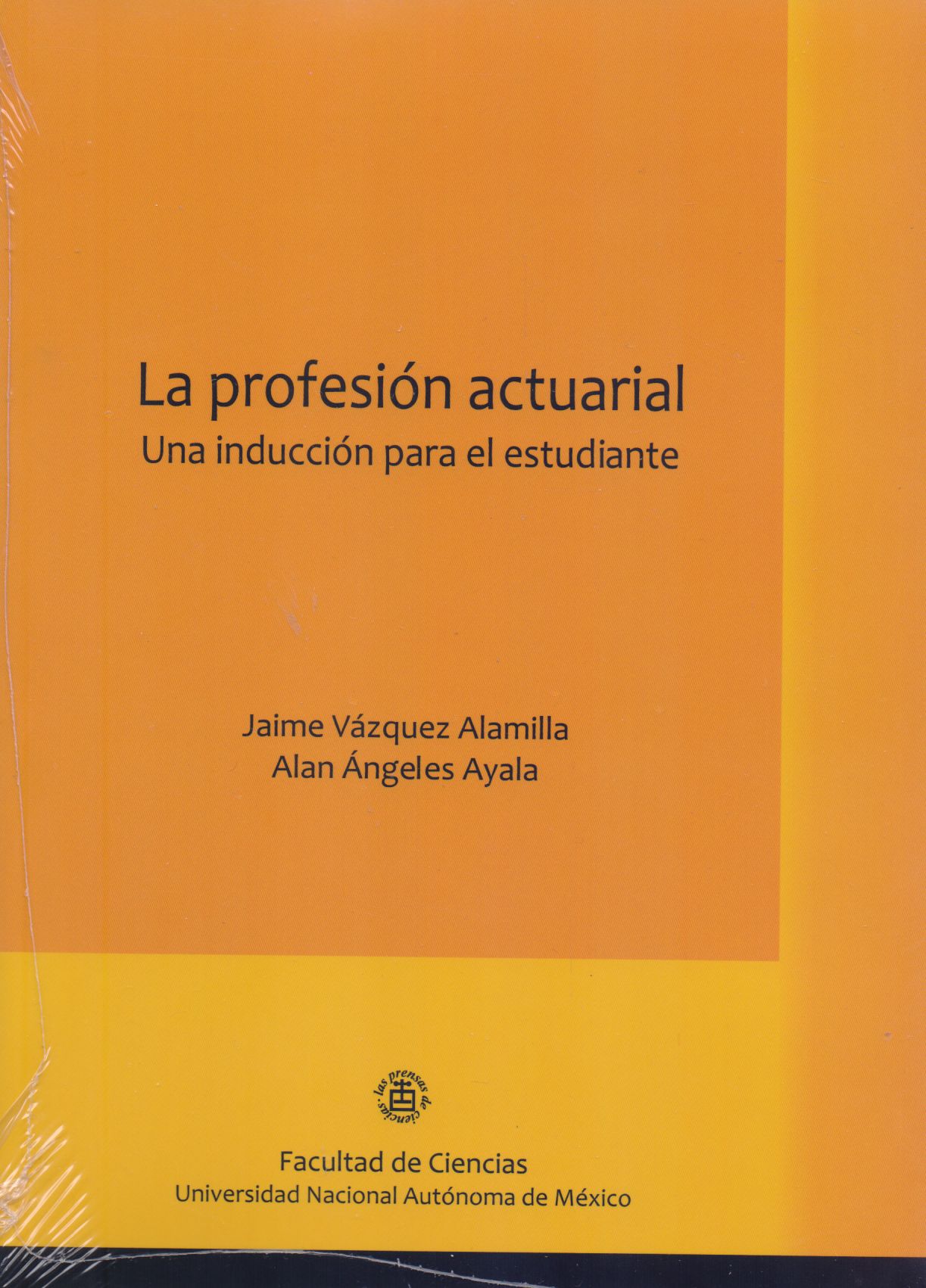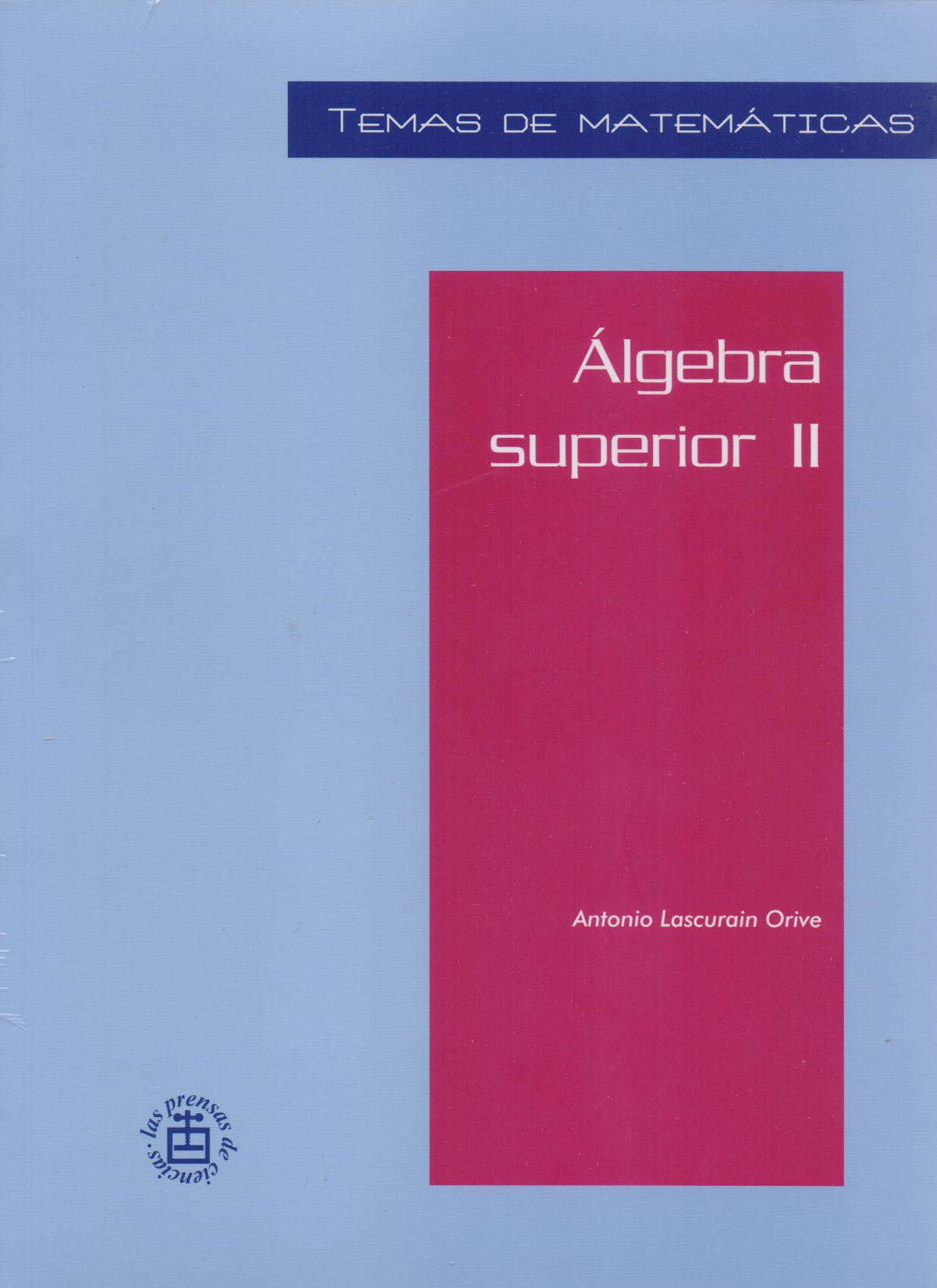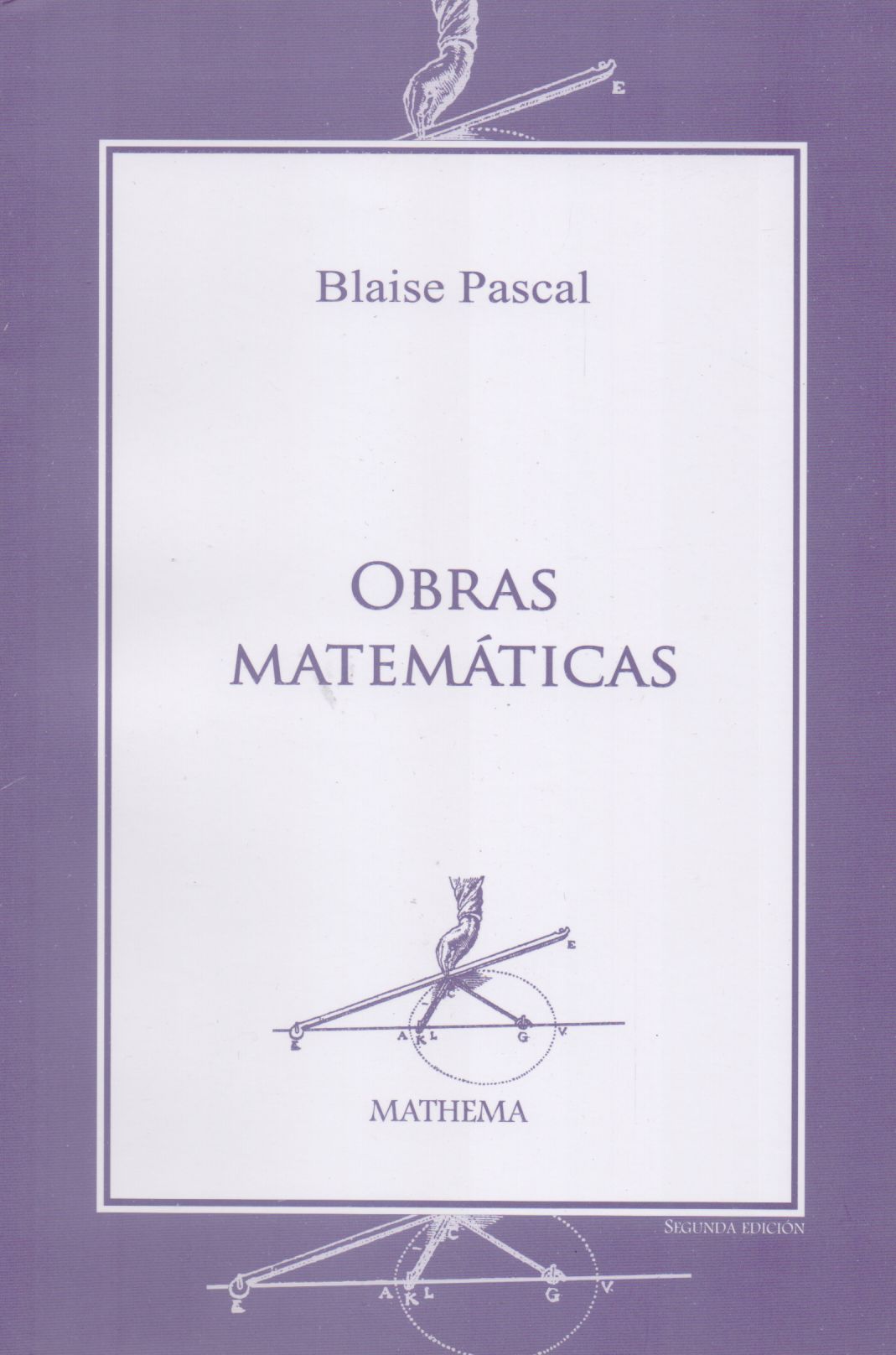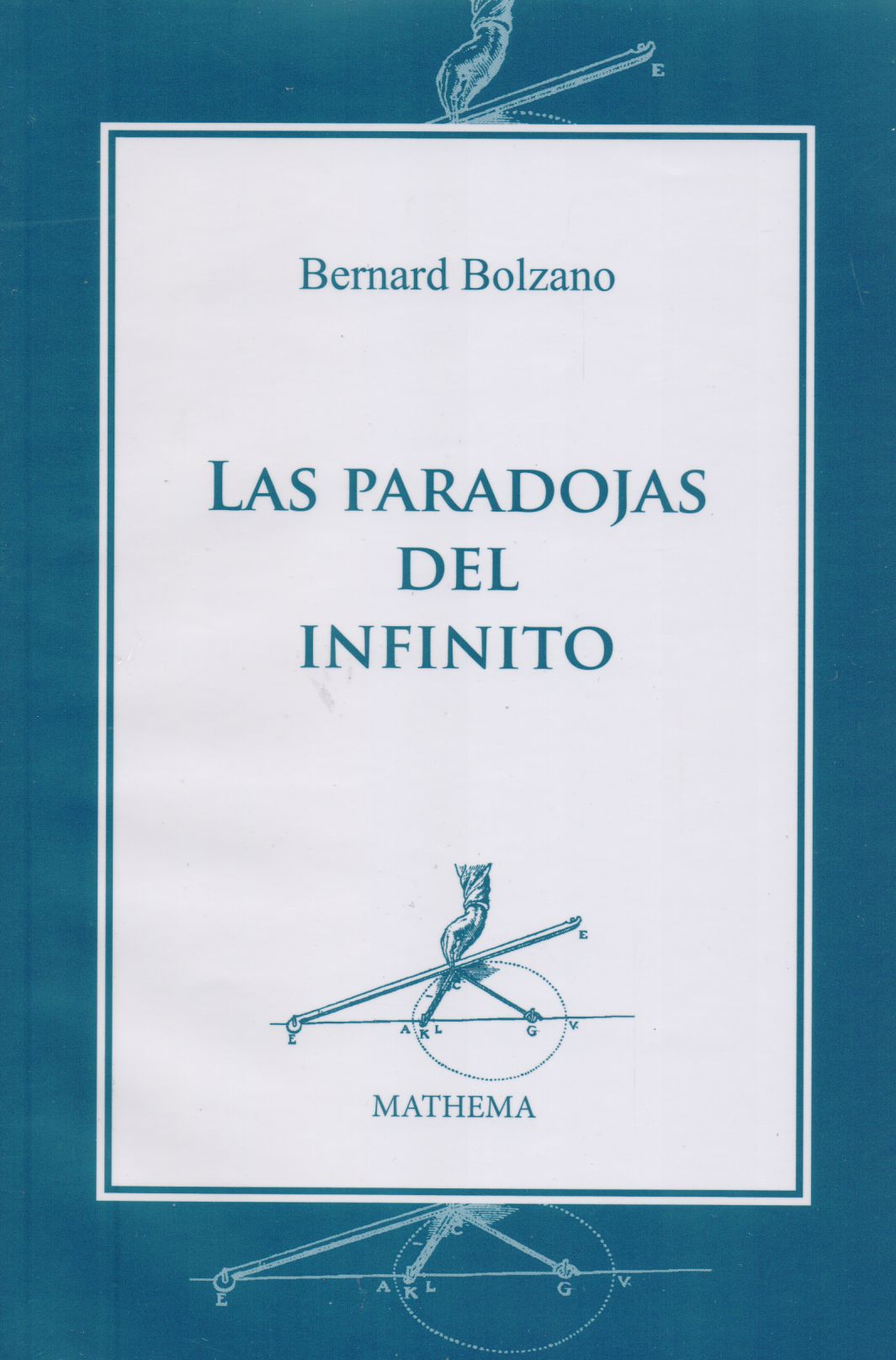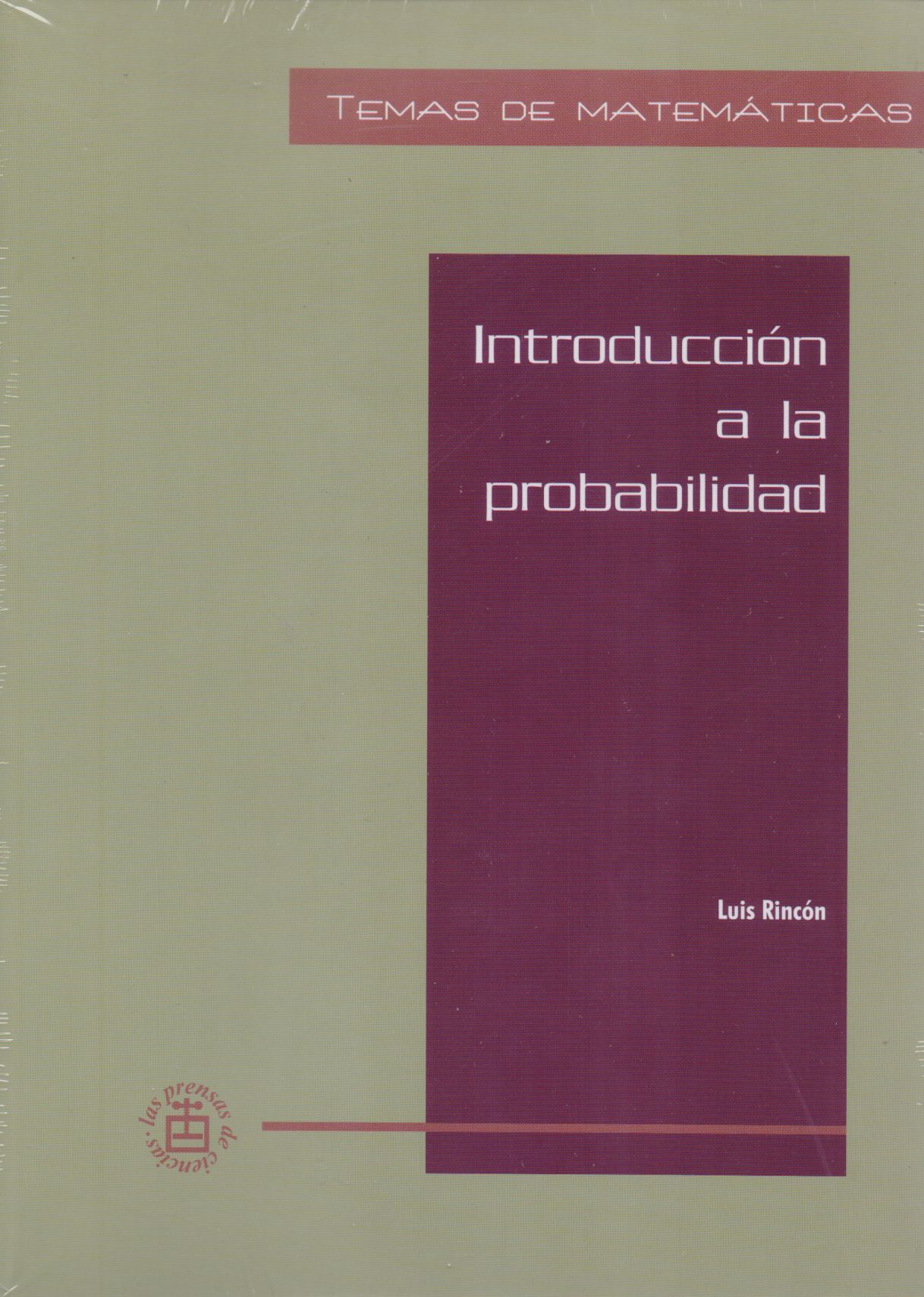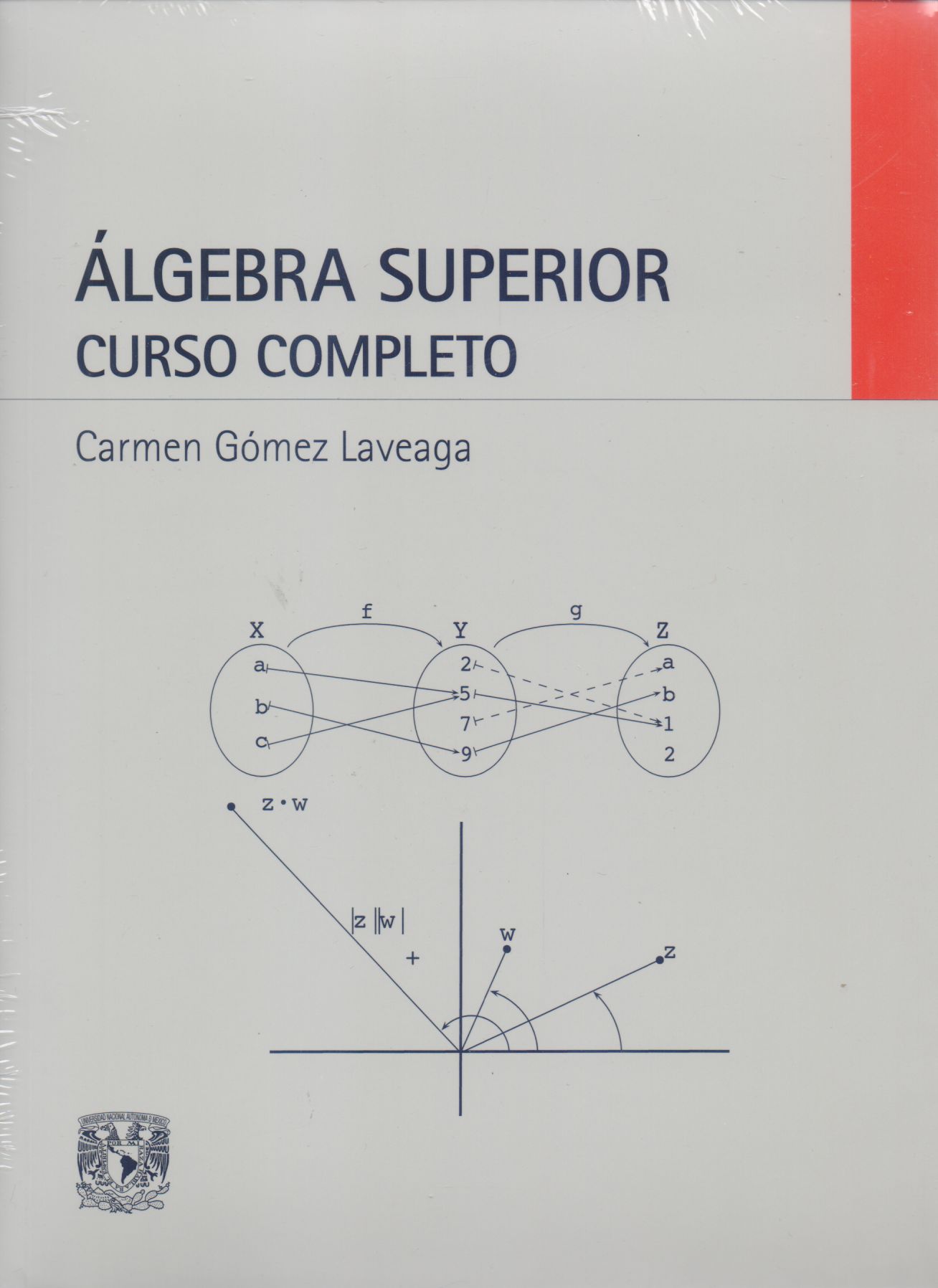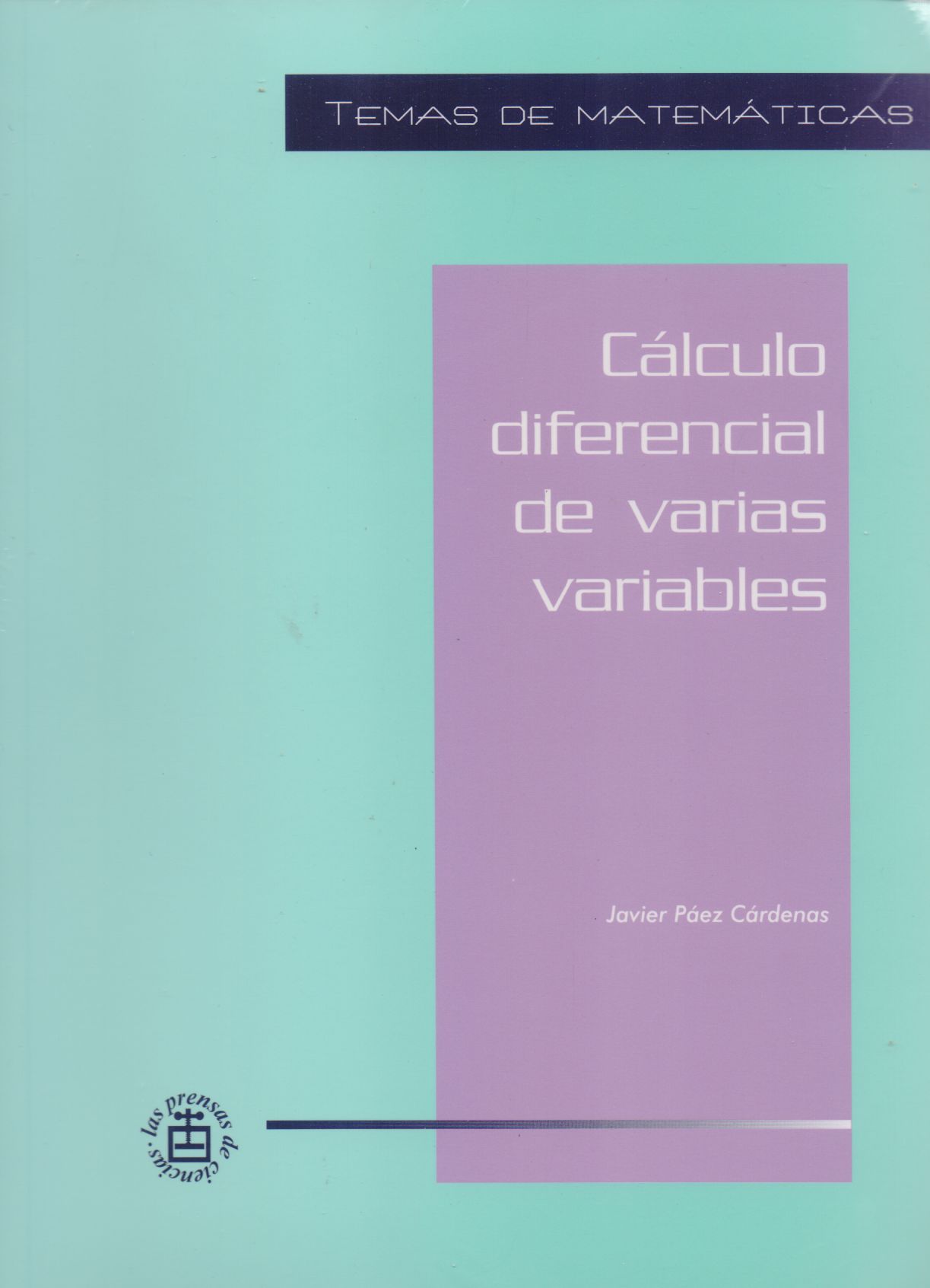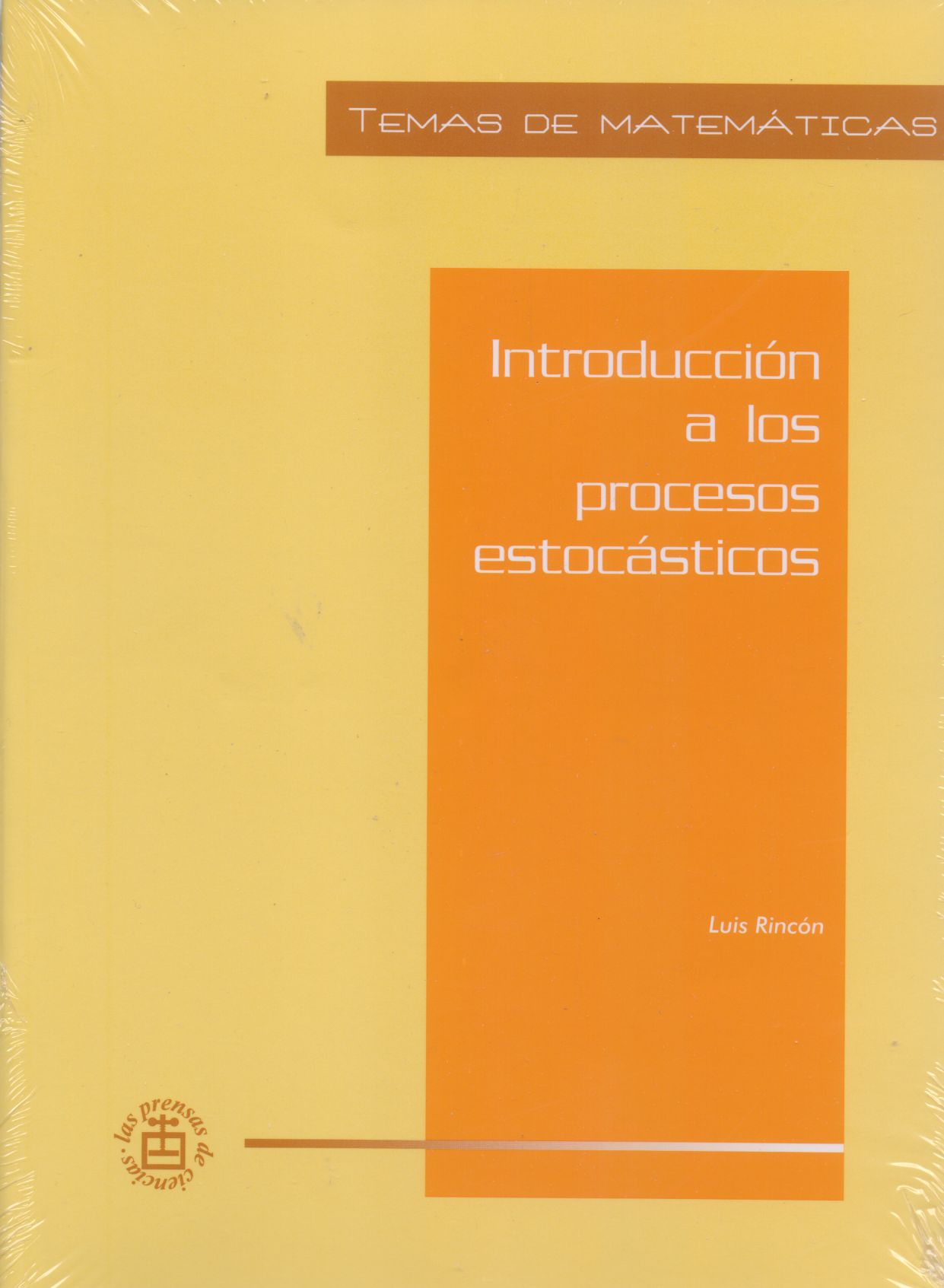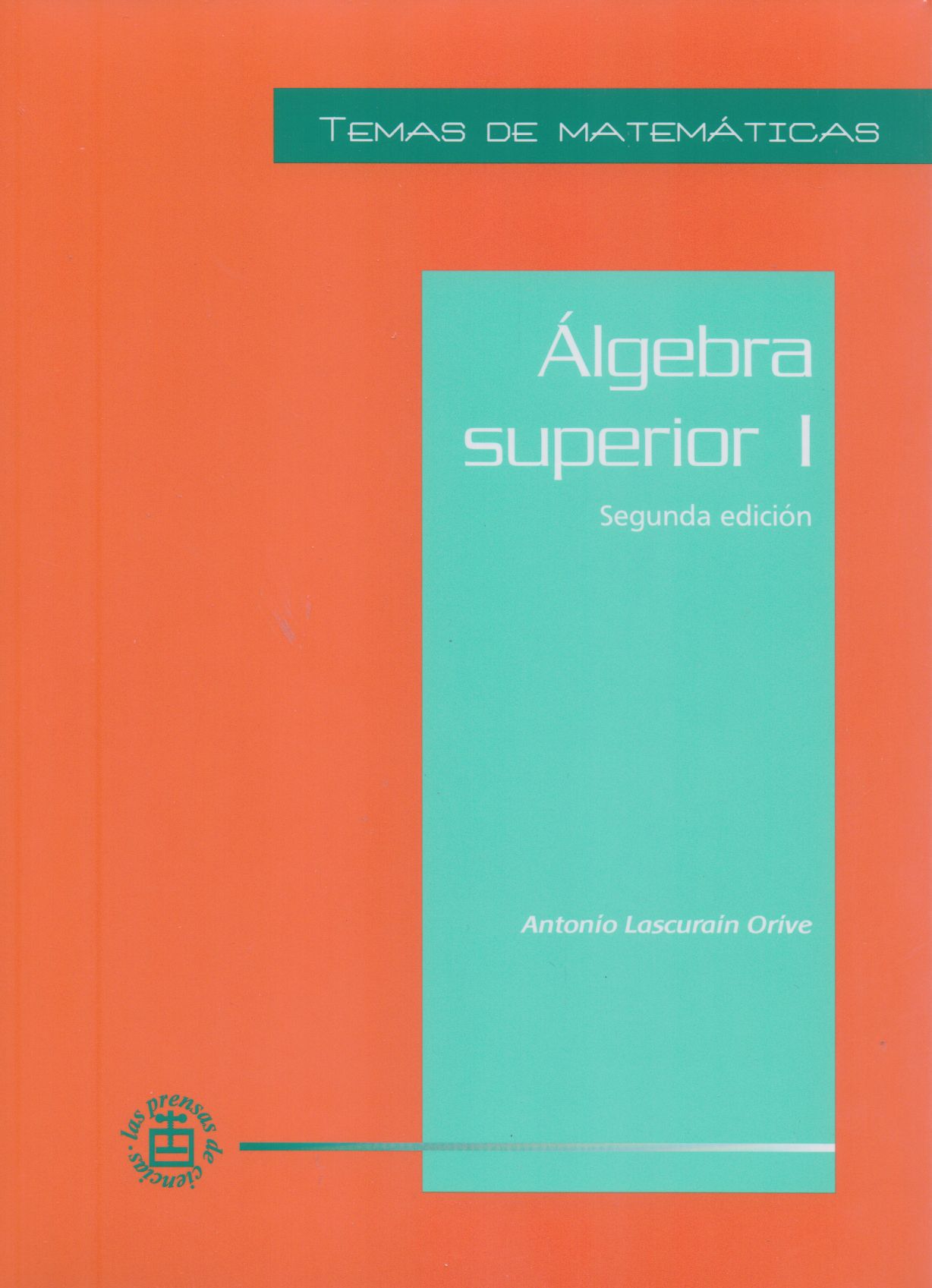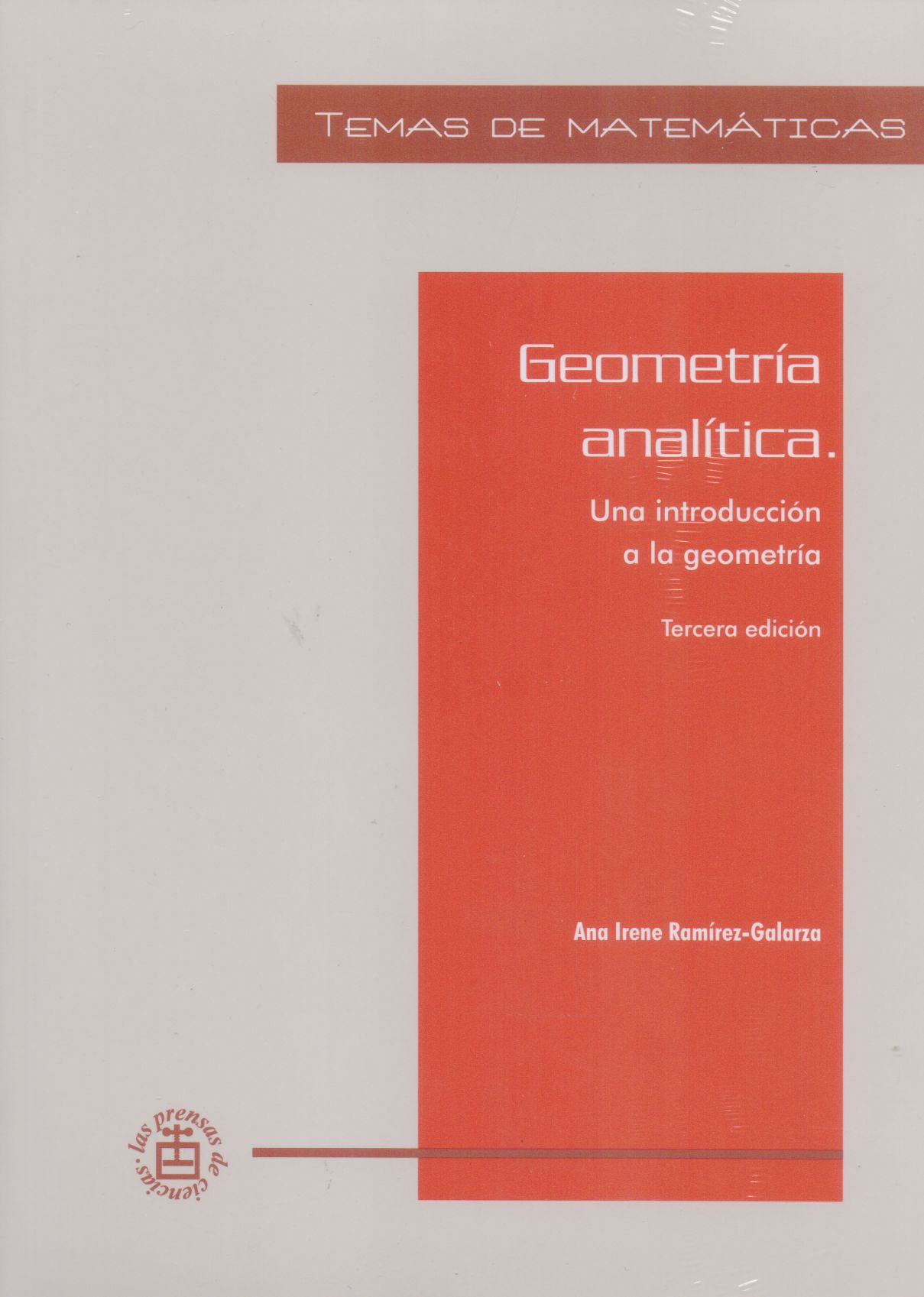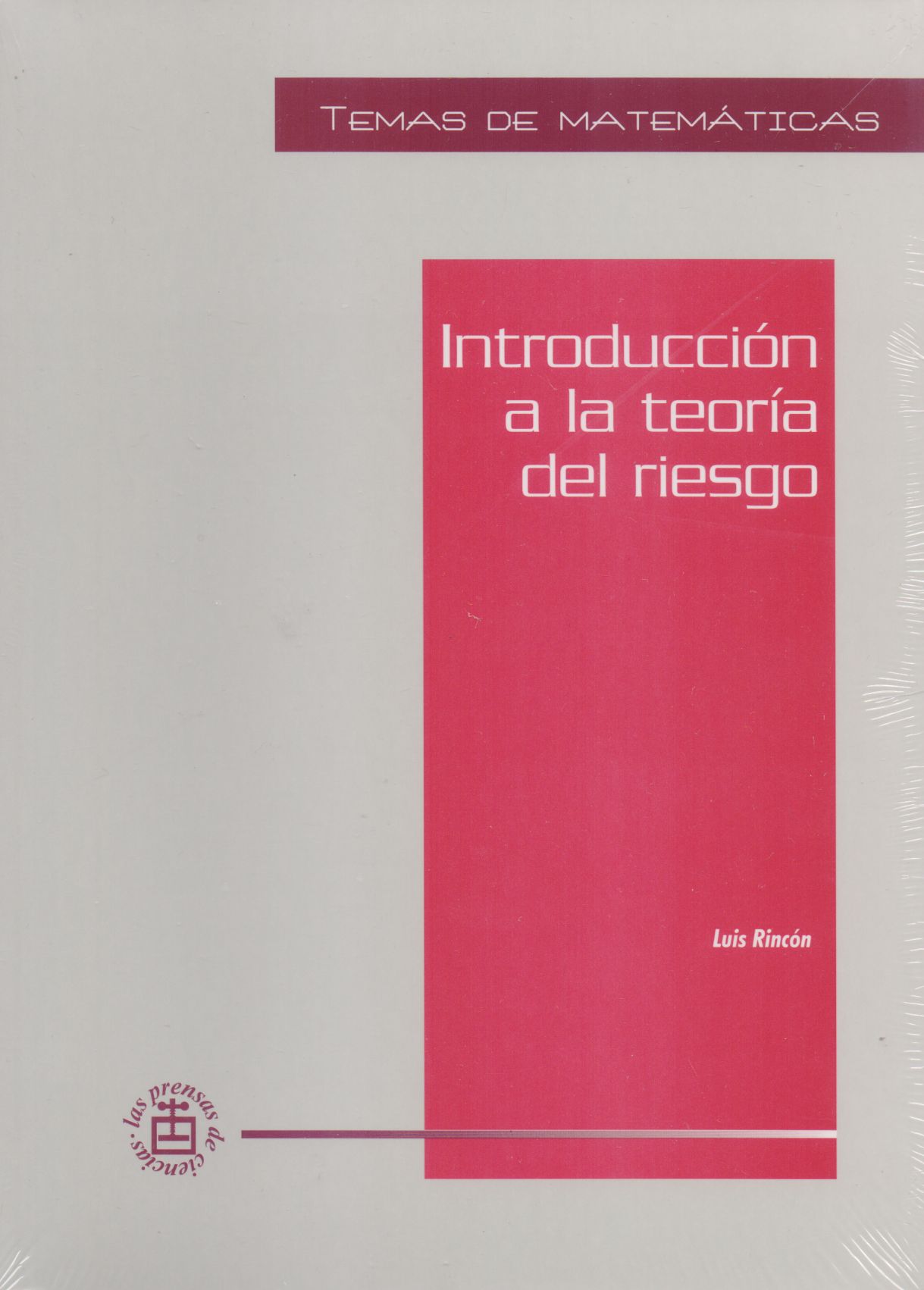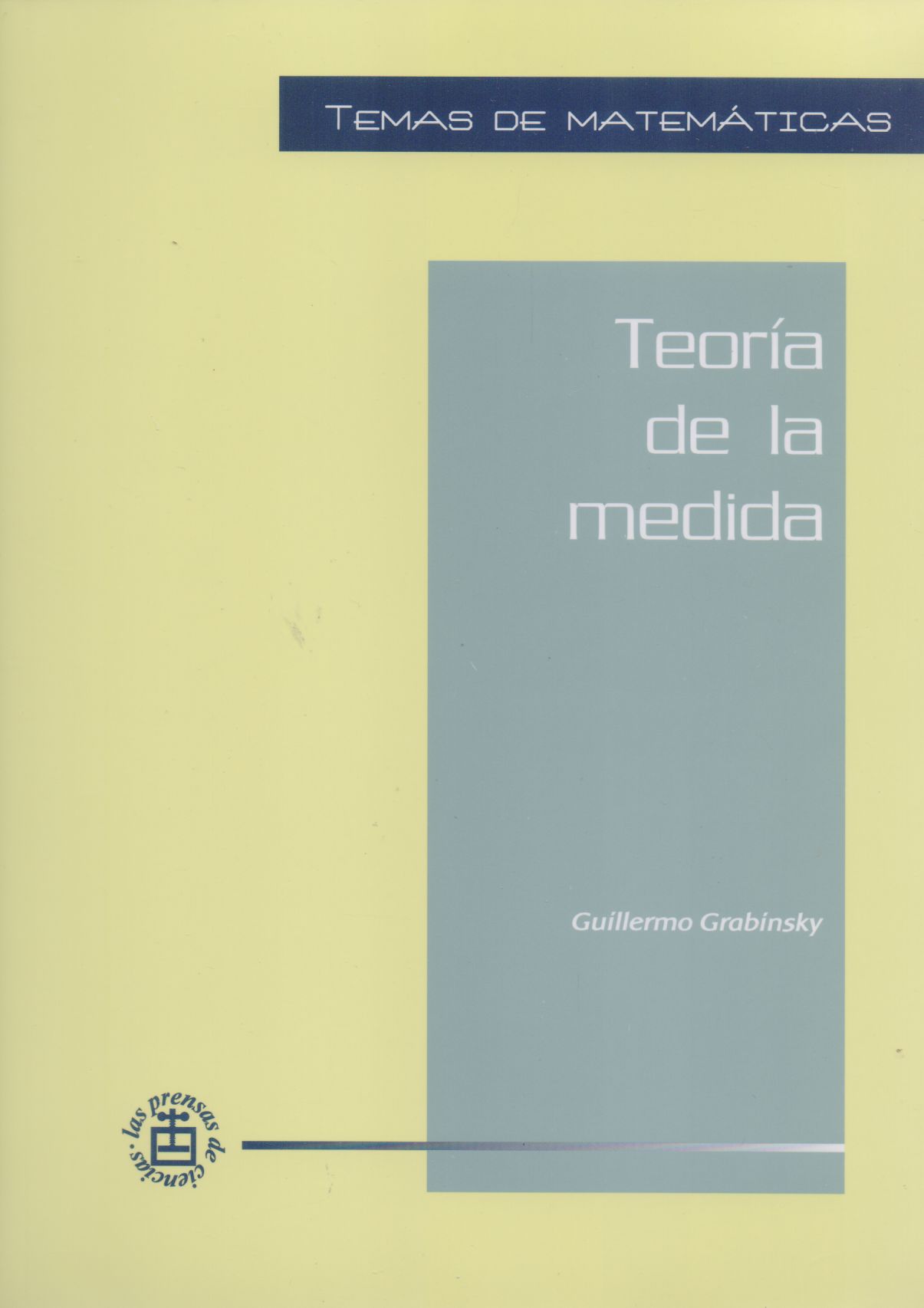Libros relacionados


|
Título: Chaotic Elections! A Mathematician Looks At Voting | |
| Autor: Donald G. Saari | Precio: $361.66 | |
| Editorial: American Mathematical Society | Año: 2001 | |
| Tema: Matematicas, Elecciones, Probabilidades | Edición: 1ª | |
| Sinopsis | ISBN: 9780821828472 | |
| What does the 2000 U.S. presidential election have in common with selecting a textbook for a calculus course in your department? Was Ralph Nader's influence on the election of George W. Bush greater than the now-famous chads? In Chaotic Elections!, Don Saari analyzes these questions, placing them in the larger context of voting systems in general. His analysis shows that the fundamental problems with the 2000 presidential election are not with the courts, recounts, or defective ballots, but are caused by the very way Americans vote for president.
This expository book shows how mathematics can help to identify and characterize a disturbingly large number of paradoxical situations that result from the choice of a voting procedure. Moreover, rather than being able to dismiss them as anomalies, the likelihood of a dubious election result is surprisingly large. These consequences indicate that election outcomes--whether for president, the site of the next Olympics, the chair of a university department, or a prize winner--can differ from what the voters really wanted. They show that by using an inadequate voting procedure, we can, inadvertently, choose badly. To add to the difficulties, it turns out that the mathematical structures of voting admit several strategic opportunities, which are described. Finally, mathematics also helps identify positive results: By using mathematical symmetries, we can identify what the phrase "what the voters really want" might mean and obtain a unique voting method that satisfies these conditions. Saari's book should be required reading for anyone who wants to understand not only what happened in the presidential election of 2000, but also how we can avoid similar problems from appearing anytime any group is making a choice using a voting procedure. Reading this book requires little more than high school mathematics and an interest in how the apparently simple situation of voting can lead to surprising paradoxes. Readership Students, general mathematical audience, political scientists, economists, physical scientists, engineers interested in decision theory. Reviews "...take a look at this interesting book. It will cause you to reexamine ranking and voting methods that you may have come to rely on." -- Math Horizons "The book presents a very clear picture of how the author views the central issues of voting theory and provides an excellent entrée into his work." -- Zentralblatt MATH "This exceedingly timely and lively book is a mostly non-technical, highly personalized account of author Don Saari's views on and contributions to voting theory and practice. It has perhaps as many surprises and subplots as the extraordinary 2000 United States presidential election ... Some of the surprises are mathematical ones, such as the robustness of the various paradoxes that pervade voting theory. The relevance of chaotic dynamics to these matters is intriguing and gives the book title a delightful double meaning ... written with flair and imagination, making it entertaining and interesting to read ... Saari has written an original, topical, and enjoyable book combining thoughtful social commentary with interesting and accessible mathematics. Read it and read it soon so that you can expand your mathematical horizons, upgrade your civic awareness, and sparkle at social events." -- MAA Online Table of Contents ¦A mess of an election ¦Voter preferences, or the procedure? ¦Chaotic election outcomes ¦How to be strategic ¦What do the voters want? ¦Other procedures; other assumptions ¦Bibliography ¦Index |
||
Librería Bonilla SA de CV © Todos los derechos reservados. 2019
Última actualización: Jul 2019



